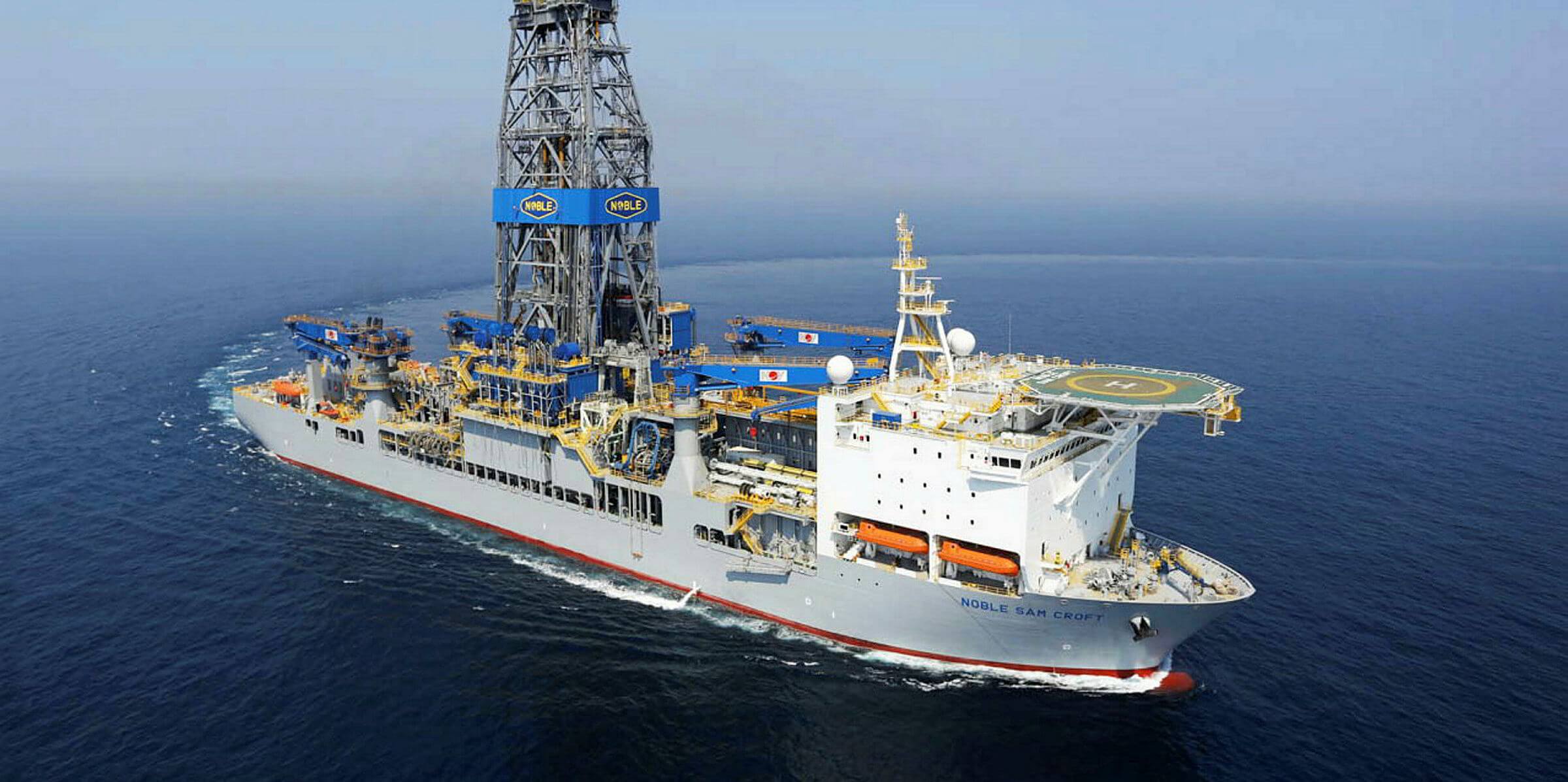Suriname on its way to recovery

Possible need for bondholders
Part III
Global Capital
Amsterdam, February 17th 2022– GC: Can you be more specific about the forthcoming proposal to bondholders and other external commercial creditors?
Minister Achaibersing: It will contain two components. Firstly, the fixed income part will reflect a reduction of outstanding debt — including accrued interest and arrears — that is compatible with the IMF macro-fiscal framework and Suriname’s capacity to generate revenues. Secondly there will be a value recovery mechanism [VRM] to compensate creditors, should future oil revenues be sufficient to transform our economy. Today we negotiate with bondholders, but tomorrow we might need them. Once we enjoy better days, we want to be able to compensate them.
Today we negotiate with bondholders, but tomorrow we might need them
Since we made our initial proposal to our creditors in June 2021, several sizeable — though exceptional — improvements have positively affected the macro-fiscal and debt targets embedded in the IMF program, allowing us to improve the terms of that offer.
We should highlight that these improvements are the result of the combination of our early and bold policy actions — alongside one-off developments such as the SDR allocation and the GDP deflator update, and the dynamics of the post-pandemic recovery. The improved macro-fiscal and debt targets, as approved by the IMF board, are a strong anchor for the negotiations.
GC: Value recovery mechanisms (VRMs) sometimes turn out quite expensive for the issuers. How will you design this instrument and how would you manage such a risk?
Minister Achaibersing: Though we want to compensate commercial creditors if future oil revenues end up transformational, the value recovery mechanism [VRM] as we envision it won’t be designed as if we were an oil producing country and just be linked to the price of oil — as was the case for the oil warrants offered by Mexico, Venezuela, and Nigeria to participating creditors in 1980s. Instead, the VRM will be designed to bring value to creditors along three basic principles: it will only aim to compensate for nominal losses; it will be capped in dollar terms, with creditors to be compensated only after some initial oil revenues go to benefit the population of Suriname; and the VRM should be viewed as a tool to reach a fair, win-win solution for both Suriname and the creditors.
Of course, this value recovery mechanism must be rightly priced by creditors, and creditors are encouraged to help design a mechanism that they are comfortable with[1].
End Part III
Proceed to Part IV
Global Capital









